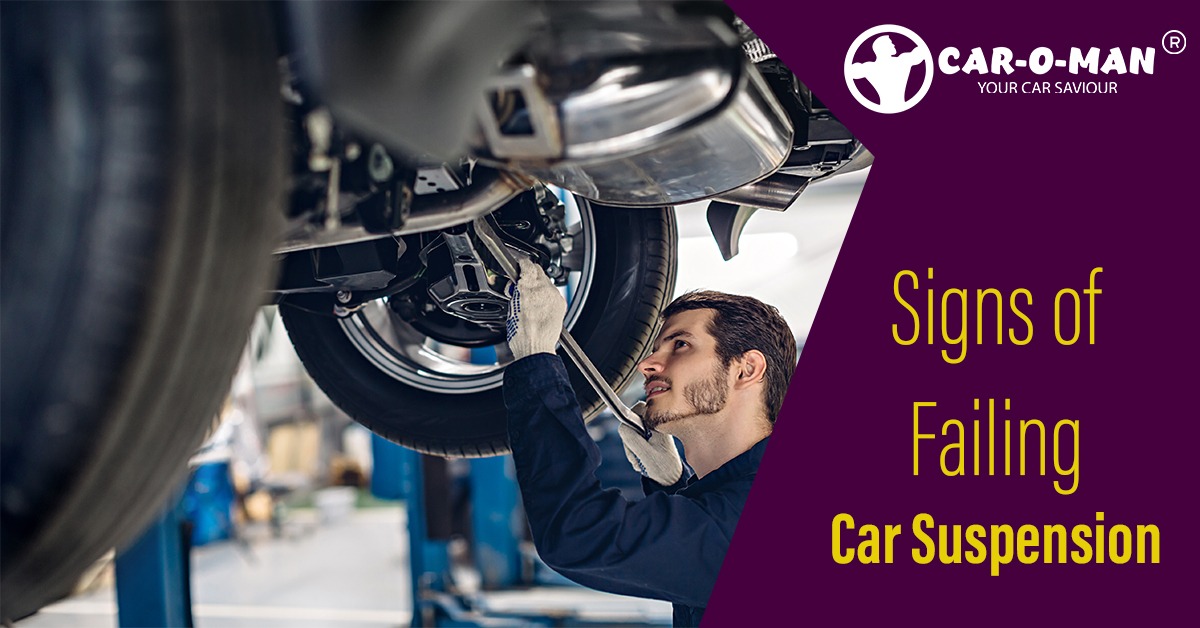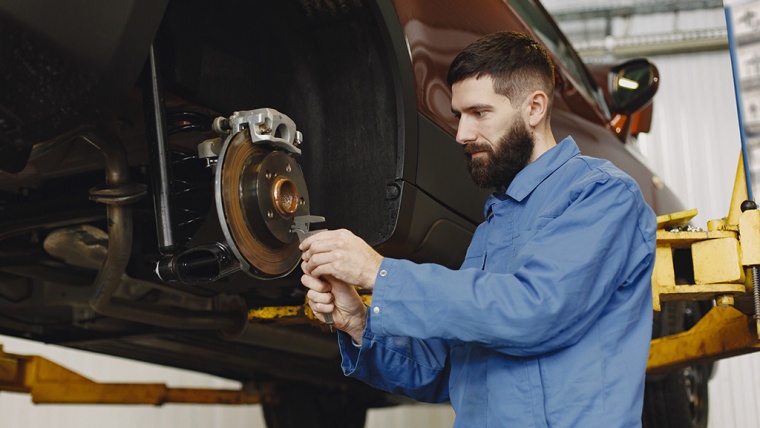As a car owner, you understand the significance of routine maintenance such as tyre replacement and oil changes. But how often do you consider your car suspension?
Your car’s suspension system is complicated and comprised of numerous parts. Shock absorbers, struts, springs, and ball joints are just a few examples. These components, along with your wheels and tyres, determine how well your vehicle handles on the road. The suspension system also aids in the management of wear and tear on your vehicle, particularly over bumps and in uneven road conditions.
Car suspension repairs are expensive if left unattended for an extended period of time. Suspension noise is always a dead giveaway of a problem. Any suspension noise should not be ignored and should be addressed as soon as possible. After years of supporting numerous rides, the car shocks will eventually fail, necessitating suspension repair. Because a faulty suspension can severely impair your ability to control your vehicle. Here are some of the early warning signs of a failing car suspension.
- Unusually bumpy rides
One of the primary functions of the suspension system is to smooth out road bumps. If you begin to feel every bump in the road, it is a clear indication that your shock absorbers or struts need to be checked.
The bounce test is a simple check. Simply place your entire weight on your car’s hood. Release the car and count how many times it bounces. If it bounces more than three times, your shock absorbers or struts are faulty.
Another test depends on whether your vehicle has shock absorbers or struts. Look for leaks of the fluid that helps dampen the bouncing if your vehicle has shock absorbers. If your vehicle has struts, listen for a knocking sound when driving over bumps.
- Pulling or drifting to one side when turning corners
If you notice your car pulling to one side or the other while driving, the issue is most likely with your tyres, shock absorbers, or brakes.
To ensure a smooth ride, tyres must be precisely aligned (camber, caster, and toe-in). Examine your tyre treads to see if they are wearing evenly, and ensure that the tyres are properly inflated, as over- or under-inflated tyres can impair your driving stability.
If the problem persists after you have checked your tyres or changed your car tyres, inspect your suspension system. Do your shock absorbers, ball joints, or control arms show any signs of wear or damage? If you’re not sure what you’re looking for, it’s best to consult with a qualified mechanic because suspension issues can have serious safety consequences.
- Difficult steering
When steering becomes difficult, especially at low speeds, it indicates that there is a problem with your suspension or steering systems. A faulty power steering pump, low power steering fluid, worn control arm bushings, or a leaking power steering rack are all possibilities. When the problem is in its early stages, this is a simple fix. To have it replaced, simply visit the CAR O MAN- car service centre in Hyderabad, and we will handle the rest.
- One corner sitting lower than the other side
If one corner of your car appears to be significantly lower than the others, you may have a worn or damaged spring. When driving over bumps or deep potholes, you may hear a clunking noise.
To begin, make sure your tyres are properly and evenly inflated. If one corner still appears to sag, place your entire weight on the car’s boot and watch how the suspension reacts. A creaking or squealing sound indicates that your suspension needs to be checked by a mechanic.
- Uneven tyre treads
When the tyre wears unevenly, this may or may not indicate suspension failure. For one thing, this could indicate that the car wheel alignment or wheel balancing is incorrect. The other reason is if your suspension is broken.
The rubber bushing on the suspension mounting wears out over time. When this problem is addressed early on, it is not prohibitively expensive. However, if ignored, this could lead to even more serious problems.
- Squatting, Diving, or Rolling
When you accelerate, does your car squat backward? When you brake, does your car’s nose dive forward? What about when your car rolls to the side when you turn a corner?
If you answered yes to at least one of these questions, your shock absorbers or structs may be faulty. If you have a problem with your shock absorbers or struts, you should take your car to a mechanic as soon as possible because driving with worn or broken shock absorbers or struts is dangerous.
- Oily shock absorbers
When inspecting the vehicle, pay close attention to the struts or shocks. If they appear oily or greasy, there’s a good chance the fluid is leaking and they’re no longer working properly. It’s time to replace those damaged shocks at CAR O MAN.
If you are planning to check your suspension system, do car maintenance services, or replace car accessories, visit CAR O MAN. Reach us to know more information about our services and offers.


